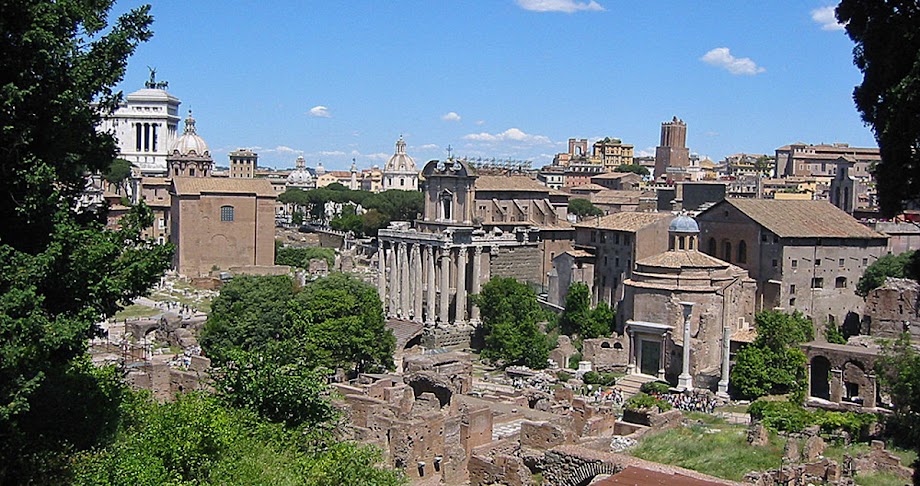 |
| The good doctor at the Tulum ruins |
Sidebar on logistics: This journey took as long and seemed longer than the trip to Chichen Itza, even though that site it a good 2-hour drive inland and Tulum is only about an hour's drive down the coast. I write this so that you know the drill: tourists are picked up on different buses, which then stop at a central meeting point to divide the tourists and board them onto other buses depending on the particular site they will see that day. At one point in this slow trek our bus stopped and waited in Playa del Carmen, about halfway on our journey to Tulum for THIRTY-FIVE minutes (I timed it), with no announcement from the guide as to why or wherefore. I had been picked up at about 5:30 am and we arrived at Tulum at 9 am. Unfortunately the logistics of this tour company (and many others, in many other countries) make for a very long time spent riding or waiting in buses, in this case more than double the time we had at the site itself. I would never tell you not to go on an organized tour, as the information you get from the guide is invaluable, but you should be aware of the timing. And that's the end of the aside.
 |
| Tulum, the sign |
Then the miracle occurred! While she announced this only as the bus parked at the site, she must have known it well before, as when we began walking to the ruins she introduced me to my own private guide! In Vienna all I got was a sheet of paper with a very brief synopsis in English.
 |
| My own, private, and excellent Mayan guide |
And what a guide! A middle-aged fellow who had degrees in both archeology and anthropology, one of the most knowledgeable guides I have ever had, anywhere - and Dottore G and I have been on MANY organized tours.
 |
| One of several trees my guide showed me, possibly like the "tree of life"? |
 |
| Another candidate for the tree of life - apologies, I don't remember |
 |
| A good bit of the site, including on left, the Temple of the Fresoes, to its right in the distance the Temple of the Diving God, and to the right of that, El Castillo |
 |
| The beautiful coast just to the right of the Temple (as I face the sea) - an area where swimming is allowed, as you can see. |
 |
| El Castillo |
 |
| The Temple of the God of the Wind to the left of the more distant El Castillo |
 |
| The northern edge of Tulum, where the old wall meets the cliffs |
 |
| The pic is somewhat back-lit, but to the left of El Castillo is the Temple of the Diving God |
 |
| As written just above, the Old Palace |
 |
| What's not to love? I'm at the left of the castle, looking towards the Temple of the God of the Winds |
 |
| This section of the beach at the north of the site is forbidden to humans, as sea turtles leave their eggs here |
 |
| Some of the other buildings I strolled around on my own. |
 |
| The bar |
 |
| The brew - why drink Corona, which you can easily get in the US, when there's a tasty local lager to choose instead? |
Note: I wrote very little about the Maya people here, but there is an informative paragraph or two in my previous post, on Chichen Itza.
















